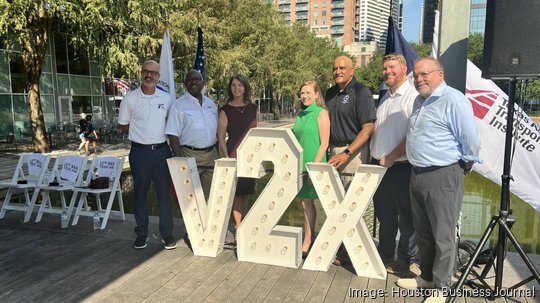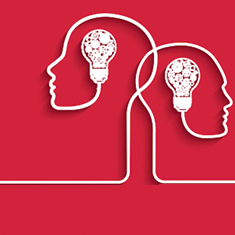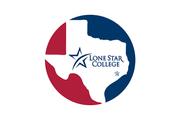
The U.S. Department of Transportation has awarded $19.2 million to a Houston-area project to implement vehicles-to-everything (V2X) technologies — a communication network between vehicles, pedestrians and traffic infrastructure.
The Texas A&M Transportation Institute's Texas TRUST (Transforming Roads, Unleashing Smart Technologies) Project will create "an interconnected transportation network spanning nearly 300 miles of the National Highway System," the TTI said in a LinkedIn post about the grant. It is expected to reduce travel times and congestion and enhance safety in the Greater Houston area, College Station and the connecting corridors.
"This initiative enhances communication among vehicles, infrastructure and pedestrians to holistically improve safety, efficiency and mobility," the TTI said in the LinkedIn post. "By optimizing traffic flow, integrating flood warnings and protecting vulnerable road users — such as pedestrians at signalized intersections, emergency responders, transit operators, construction workers and everyday motorists — we're setting a national blueprint for the future of V2X technology."
The DOT grant is an 80-20 match grant, bringing the total funding for the local project to $24 million, with the additional $4.8 million coming from the Texas Department of Transportation and other stakeholders, said Robert Brydia, division head of system reliability for the Texas A&M Transportation Institute.
About 75% of the grant will be spent within the TxDOT Houston District, which consists of Brazoria, Fort Bend, Galveston, Harris, Montgomery and Waller counties. The TTI hasn't done an analysis yet on the jobs that will be created from the TRUST project, but with the investment, it will be significant, Brydia said.
Some of the partners on the Texas project include AT&T, General Motors, Qualcomm, Amazon Web Services, Audi of America and Applied Information Inc., which works with the Houston Public Works Department to improve traffic safety,
The TTI grant is part of a larger $60 million funding package being distributed between Arizona, Texas and Utah.
"If you look at the cost of congestion, it costs the economy billions of dollars every year," said Shailen Bhatt, administrator of the Federal Highway Administration. "These crashes, just the fatalities alone, cost tens of hundreds of billions of dollars every year when you're killing over 40,000 people on our system. So, if we can reduce congestion, if we can reduce crashes, we can reduce fatalities. There are massive economic benefits."
Houston is the most congested city in Texas and ranks eighth worst overall in the U.S., according to transportation data and analytics company Inrix Inc.'s 2023 Global Traffic Scorecard. Houstonians lost 62 hours last year due to congestion, costing drivers $1,082 each and the city a combined $3.2 billion.
The DOT estimates the economic impact from the loss of a life is $1.8 million, and when extended to the people the death would affect, it is estimated to be $12.5 million by some economists.
Houston saw more than 250 traffic deaths in 2023, according to TxDOT data. Theoretically, if the V2X system was fully implemented and prevented those deaths, it could have about $3.125 billion in economic impact.
"So the technology, once fully implemented, will more than pay for itself," Brydia said.
Once fully implemented, V2X technology will allow vehicles to share and receive real-time information with other vehicles, pedestrians, infrastructure, traffic management and road sensors.
The technology is still somewhat in its early stages, particularly regarding pedestrians and cyclists, but getting the ball rolling now can have a significant impact, said Brad Stertz, director of Audi Government Affairs.
Audi is working on getting the technology into its vehicles. However, implementing the technology into phones for pedestrians and cyclists currently is not feasible because the battery drain for V2X communication is too demanding, Stertz said.
TxDOT has already made investments into V2X throughout the Texas Triangle and is looking to invest further in Texas border communities, said Darren Anderson, TxDOT's strategy and innovation director. However, this grant goes a long way in help bring the infrastructure up to scale as the technology starts coming fully online in the next decade, he said.
Sign up here for the Houston Business Journal’s free morning and afternoon daily newsletters to receive the latest business news impacting greater Houston.





